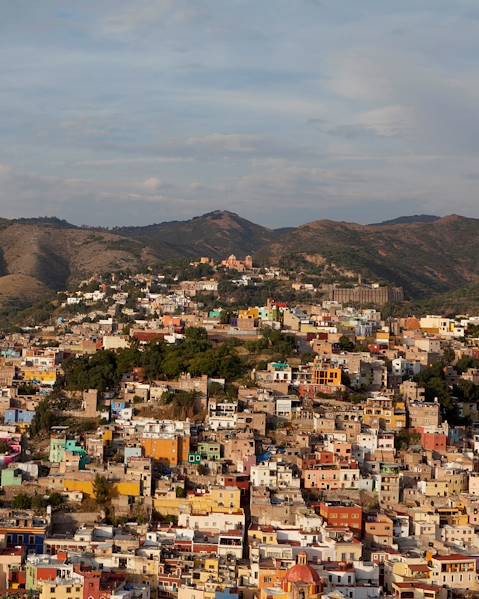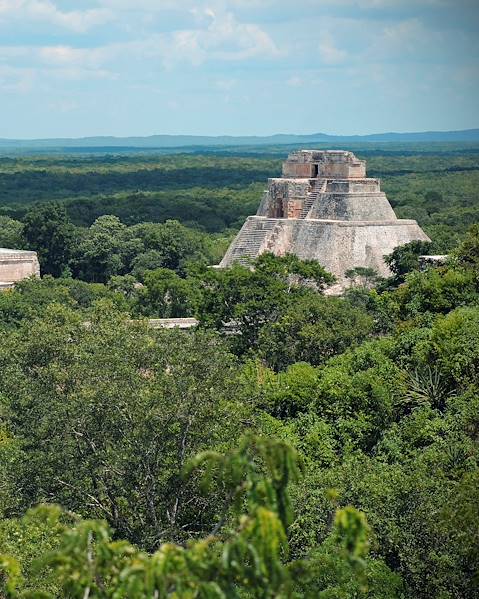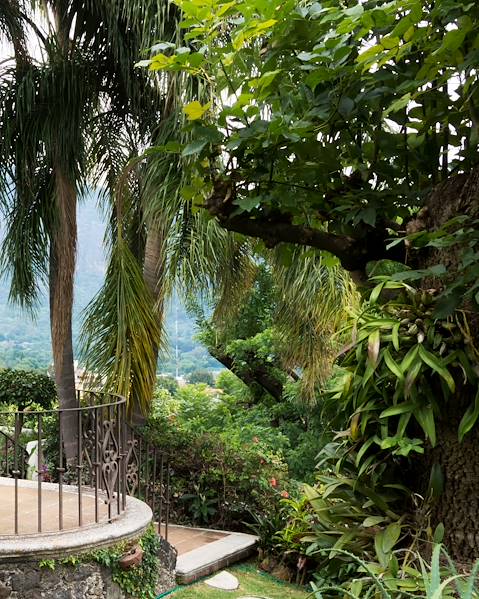The geography of Mexico is one of extremes. As the third-largest country in North America, it hosts a wealth of overwhelming landscapes, from deep canyons and soaring mountains to sweeping deserts and thick rain forests. So, whether your trip includes whale watching along the Pacific shores, rejuvenating in Copper Canyon’s hot spring or exploring Indigenous towns in the Chiapas highlands, Mexico’s landscapes bring something for everyone.
Overview
Mexico stretches across the northern-most tip of North America, sitting below the United States and above Belize and Guatemala. The centre of the country is home to over half of the 128 million population, with dusty deserts in the north and a sparse population in the tropical south. Regions in Mexico are incredibly diverse and have distinct geographical features, so we’ve split the geography of Mexico into areas you may find yourself exploring on a trip to this radiant country.
Baja California
Hanging off the Unites States is the breathtaking Baja California. Sitting on Mexico’s north-western tip, this region is separated from Mexico by the Gulf of California to its east. Wrapped around the peninsula is over 2,000 miles of coastline, with a scattering of idyllic islands in the neighbouring Pacific Ocean and Sea of Cortez. You’ll have no problem finding Californian sea lions nestled on these islands, and blue whales are often spotted slowly sailing through the region’s waters. Inland, the year-round warm climate is ideal for exploring beaches like Playa Ensenada Grande, Balandra and Playa del Amor. With their white sand and turquoise waters, they’re a tasty slice of the geography of Mexico.
Oaxaca and Chiapas
Wedged between the Caribbean and Pacific coasts are Oaxaca and Chiapas, both full to the brim with natural wonders. In Oaxaca, 90% of the land is dominated by mountain ranges (including Sierre Madre and the Central American chain), and rugged terrain sliced with rivers like the Atoyac, Papaloapan and Astata. Chiapas hosts a similar landscape, with vast mountain ranges mixed with jungles, lagoons, mangrove swamps and pine forests. The matching landscapes are paired with identical sub-tropical climates, meaning they’re generally pleasant year-round. Summer sees rain in the afternoons, turning the hills a lush green; spring is hot and dry, turning them brown; and winter is the season for layering, with chilly nights.
Yucatan Peninsula
Down in the south-east of Mexico lies the Yucatan Peninsula, a region that’s home to a colourful array of geographical features. The overall landscape is dominated by craggy limestone bedrock, caves and sinkholes (which were used by the Mayan people to access groundwater). There’s plenty more evidence of Mayan culture dotted across the region, with ruins and heritage sites like Chichen Itza and Uxmal which exude historical and cultural importance. Along the golden Caribbean Coast, you’ll find the bright white beaches of Tulum, Playa del Carmen and Maroma. The Yucatan Peninsula also contains the majority of Mexico’s portion of the Maya Forest, a tropical triumph that provides a home to iconic endemic species like the Yucatan parrot.
















